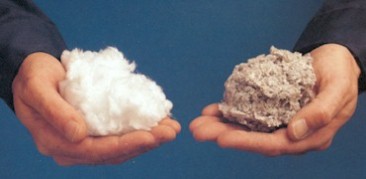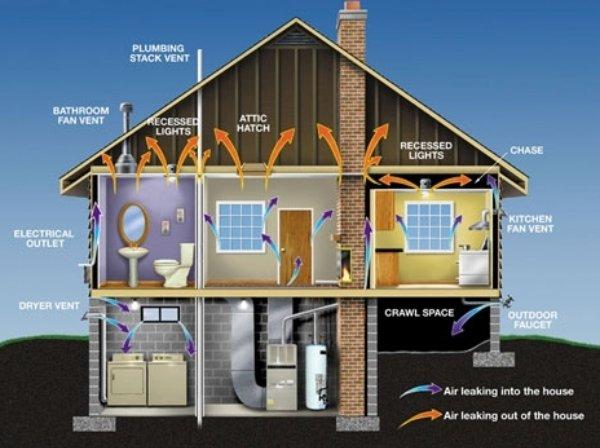
Benefits You Will Receive:
• Spend less to heat and cool
• Depend on effective thermal protection during temperature extremes
• Experience a home that is less drafty
• Enjoy peace and quiet with reduced nuisance noise
• Rely on the added safety of an insulation with a Class I/A fire rating
• Know that you have selected an environmentally friendly insulation made with 85% recycled material
• Count on a product warranty for the life of the structure
In all, GreenFiber delivers more comfort for you and your

For Attic and Exterior Walls
Homes lose energy through the attic and walls, leading to higher heating and cooling costs. In fact, with fiber glass, energy can seep right through gaps and voids in typical installations.
GreenFiber Cocoon Insulation forms a denser, monolithic blanket of insulation without gaps and voids, thus reducing the amount of energy that can be lost through the attic and walls, lowering heating and cooling costs, and increasing your comfort.
Our insulation is spray-applied into exterior walls and delivers the exact level of thermal performance specified. GreenFiber Cocoon Insulation completely fills wall cavities - even behind plumbing and electrical conduits - and reduces drafts, energy loss, nuisance noise, and the cost to heat or cool your home. The Energy Upgrade package from GreenFiber Cocoon Insulation provides cost savings month-to-month for as long as you own your home
For Interior Walls
By installing GreenFiber Cocoon Insulation in your interior walls, you can dramatically decrease nuisance noise from inside your home - generated from televisions, stereos, computer games, bathrooms or laundry rooms. If you have a sound or media room that you want to remain comfortable and noticeably quieter, GreenFiber Cocoon Insulation is an excellent option.
Moreover, if you also select the GreenFiber Cocoon Insulation Energy Upgrade for exterior walls, you will realize sound protection from outside noise. Because the installation of GreenFiber Cocoon Insulation leaves no gaps, voids or compressions in the wall cavity, airflow is minimized, which reduces the transmission of sound through the wall. Where air goes sound follows.
